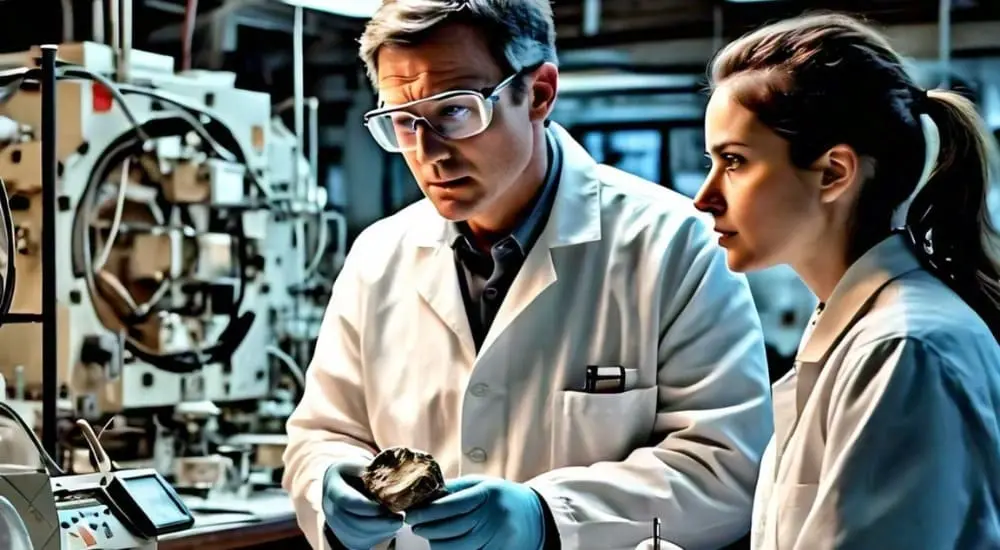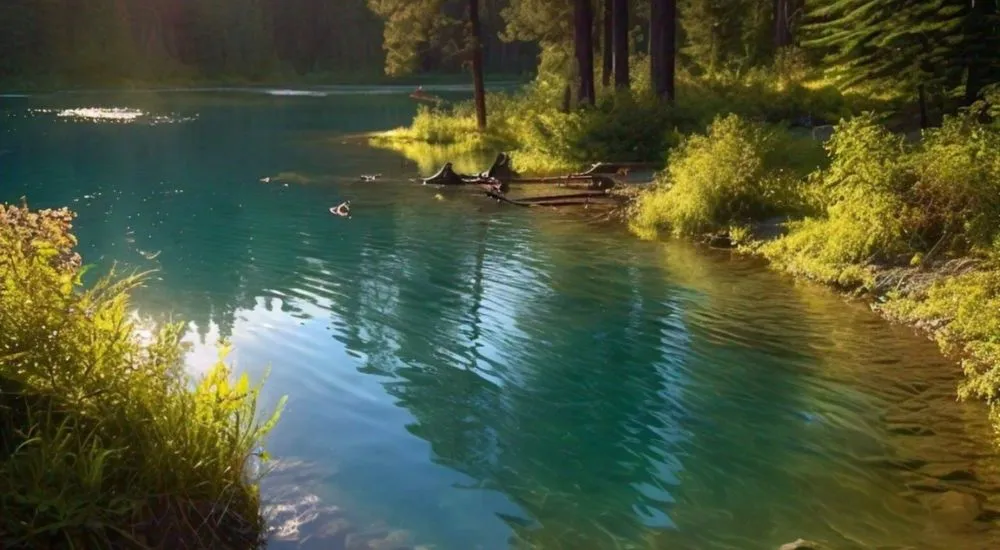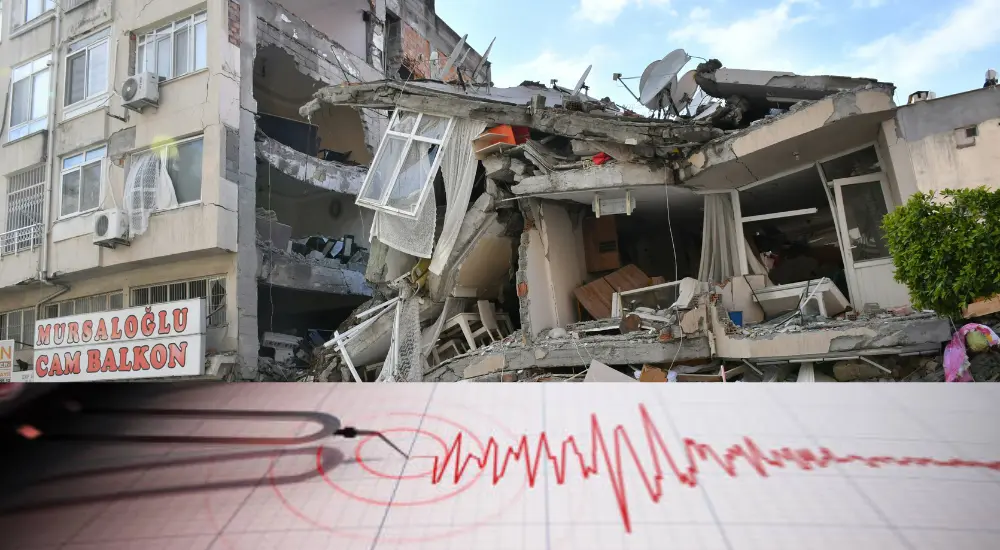The Moon, Earth’s loyal companion, has fascinated humanity for eons with its luminous presence in the night sky. The journey through the phases of the moon shows a celestial ballet between light and shadow. From the New Moon to the Full Moon, each phase offers a unique spectacle. It’s a mix of science and wonder that keeps us looking up at this mysterious sphere. Each discovery brings us closer to unlocking its secrets. The myth about a “man in the moon” uncover as an illusion caused by the shapes of craters on the Moon’s surface. From lunar missions to cutting-edge research, our understanding of this celestial neighbour deepens, at the same time science uncover the facts about the moon.
1. What is the primary source of illumination for the Moon?
(A) Sunlight
(B) Starlight
(C) Earthlight
(D) Lunarlight
(A) Sunlight
Explanation: The Sun is the primary source of illumination for the Moon, causing its phases and lighting up its surface.
2. What is the average distance between the Earth and the Moon?
(A) 238,900 kilometers
(B) 384,400 kilometers
(C) 149.6 million kilometers
(D) 1 astronomical unit
(B) 384,400 kilometers
Explanation: The average distance between the Earth and the Moon is approximately 384,400 kilometers.
3. Which of the following is NOT a phase of the Moon?
(A) Crescent
(B) Gibbous
(C) Eclipse
(D) Quarter
(C) Eclipse
Explanation: Eclipse refers to the alignment of the Sun, Earth, and Moon, resulting in a solar or lunar eclipse, not a phase of the Moon itself.
4. What is the darkest part of a lunar eclipse called?
(A) Umbra
(B) Penumbra
(C) Corona
(D) Totality
(A) Umbra
Explanation: The umbra is the central, darkest part of a shadow during a lunar eclipse where the Earth completely blocks sunlight from reaching the Moon.
5. Which element is most abundant on the surface of the Moon?
(A) Silicon
(B) Aluminum
(C) Oxygen
(D) Iron
(C) Oxygen
Explanation: Oxygen is the most abundant element on the surface of the Moon, primarily in the form of oxides. The Oxygen content estimation is around 45% by weight.
6. What is the name of the large, dark, flat areas on the Moon’s surface?
(A) Craters
(B) Highlands
(C) Rilles
(D) Maria
(D) Maria
Explanation: Maria are large, dark, flat areas on the Moon’s surface, primarily composed of basaltic lava flows.
7. What causes the different phases of the Moon as seen from Earth?
(A) Earth’s shadow
(B) Moon’s rotation
(C) Moon’s elliptical orbit
(D) Sun’s position relative to the Moon
(D) Sun’s position relative to the Moon
Explanation: The Moon’s phases result from the varying angles at which sunlight illuminates its surface as it orbits the Earth.
8. Which mineral is believed to be abundant in the lunar highlands?
(A) Pyroxene
(B) Olivine
(C) Anorthite
(D) Ilmenite
(C) Anorthite
Explanation: Anorthite, a calcium-rich feldspar, is believed to be abundant in the lunar highlands, contributing to their lighter colour.
9. What is the name of the large crater on the Moon’s near side, easily visible from Earth?
(A) Tycho
(B) Copernicus
(C) Clavius
(D) Aristarchus
(B) Copernicus
Explanation: Copernicus is a prominent lunar crater located on the Moon’s near side, visible from Earth with the naked eye.
10. What is the Moon’s approximate diameter compared to that of the Earth?
(A) About one-third
(B) About half
(C) About three-quarters
(D) About the same
(A) About one-third
Explanation: The Moon’s diameter is approximately one-third that of the Earth, making it significantly smaller in size.
11. Which type of rock is predominant in the lunar maria?
(A) Basalt
(B) Granite
(C) Peridotite
(D) Rhyolite
(A) Basalt
Explanation: Basalt is the predominant rock type found in the lunar maria, formed by ancient volcanic activity and lava flows.
12. What is the leading scientific theory regarding the origin of the Earth’s loyal companion?
(A) Capture theory
(B) Fission theory
(C) Giant impact hypothesis
(D) Co-accretion theory
(C) Giant impact hypothesis
Explanation: The giant impact hypothesis proposes that the Moon formed from the debris ejected during a collision between the early Earth and a Mars-sized body.
13. Approximately how long ago is it believed that the giant impact event leading to the Moon’s formation occurred?
(A) 4.5 billion years ago
(B) 3.5 billion years ago
(C) 2.5 billion years ago
(D) 1.5 billion years ago
(A) 4.5 billion years ago
Explanation: It is believed that the giant impact event leading to the Moon’s formation occurred approximately 4.5 billion years ago, not long after the formation of the Earth.
14. What process contributed to the formation of the lunar maria?
(A) Volcanic activity
(B) Erosion by water
(C) Wind deposition
(D) Tectonic activity
(A) Volcanic activity
Explanation: The lunar maria were formed by volcanic activity, which flooded large basins on the Moon’s surface with basaltic lava flows.
15. Which process is believed to be contributed to the formation of the lunar highlands?
(A) Erosion by water
(B) Tectonic activity
(C) Meteorite impacts
(D) Volcanic activity
(C) Meteorite impacts
Explanation: The lunar highlands were formed by meteorite impacts that excavated large basins and created rugged, cratered terrain.















